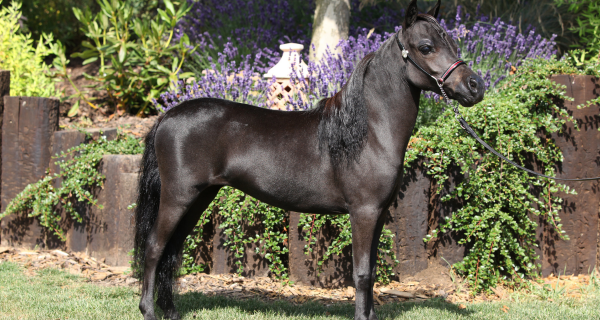
Written and Published by The Pet Directory, with information supplied by Jaime Carson of Four Aces Farm Inc and Miniature Horse Association of Australia, Queensland Branch
Today, the Miniature Horse is a versatile, well-respected and much loved equine breed. The Miniature Horse is a unique equine - a refined, well proportioned animal measuring under 34” at the last hair of the mane, available in any conceivable coat color, and displaying a gentle, kind nature.

The breed standard states “if there were no size reference, the Miniature Horse might give the illusion of being a full sized horse.. The general impression should be one of refinement, symmetry, agility and an alert intelligence.” Good temperament is of utmost importance, and any display of poor or vicious temperament will be penalized in the show ring. Care of the Miniature Horse is exactly the same as their bigger counterparts, but on a smaller scale.
It is important the horse has shelter from the wind, rain and sun, adequate space to stretch his legs (around 1/2 - 3/4 acre for 2 miniatures is sufficient), access to good quality food, dental care (once every 12 months), regular hoof care (his feet will need to be trimmed every 6 - 8 weeks), regular grooming to keep his skin and coat healthy and is maintained on a worming schedule (depending on brand of wormer - every 6 weeks to every 3 months). Miniature Horses do have a tendency to become overweight very quickly, so it is important to monitor their weight closely. Horses are herd animals and will always be much more content with another Miniature Horse for company. Miniature Horses are very versatile animals. They are used for pulling small carts, and a 32” - 33” “mini” will usually be able to comfortably pull a small adult and child in a cart on flat ground.

The Miniature Horse Associations regularly put on shows for members, with classes ranging from halter (where the horse is judged on how close it conforms to the “Standard of Excellence” of the breed), handler (how well the handler presents and controls their horse), fancy dress, harness, trail (where the handler maneuvers the horse around and over a series of obstacles such as bridges and water) and jumping (some of the best jumpers can jump heights up to 42”!). Depending on your dedication, shows are available from local level all the way to the annual National Show - America and New Zealand also hold National Shows thorough their major Miniature Societies (American Miniature Horse Association, American Miniature Horse Registry and New Zealand Miniature Horse Association).
They are also very good investments. Unlike many “fads” the Miniature Horse has stood the test of time. There are always new people getting involved with Miniature Horses and the market for well priced, quality, well bred animals is always present. The low cost of caring for a Miniature Horse and the high returns (Minis sell for between $1000 - $20,000 +, depending on bloodlines, show and progeny record and overall quality) make them a great hobby/business for the whole family. The history of the first Miniature Horses is often disputed, however, the modern Miniature Horse is the result of many, manyyears of selective breeding. The pedigrees of some of our American bred horses can be easily traced back to the 1940’s through the American Miniature Horse Association, and even further through other breed records. Many Australian Miniature Horses have been bred down from refined Shetlands and other small pony breeds, and then crossed with American imports, resulting in the elegant, refined animals we see in the show ring today.

There are a few important considerations before you start looking for your own Miniature. Firstly consider what you plan to do with your Miniature Horse - pet, show, eventually breed, harness etc. A gelding should be purchased if you plan to do anything other than breed, and even then you should begin with a gelding to gain experience. Never, ever buy a stallion for a pet. By nature a stallion is unpredictable, and even the most docile stallion can turn into 30” of monster if a mare in heat is nearby.
Geldings temperaments are much more consistent as they don’t have the hormones a mare or stallion does, and they are much easier to care for as they don’t have to be separated from other horses. If you want to be competitive in a range of events, but have little desire to breed, a good gelding may be ideal. Due to the constant surplus of colts you may be able to pick up a Nationally competitive colt for a very reasonable price. Most vets charge under $200 to geld a colt, so this may be an alternative to purchasing a ‘ready made’ gelding. Some outstanding colts are sometimes undesirable as stallions due to one or both testicles remaining undecended, but these horses can be come outstanding and very competitive geldings, so it pays to keep in contact with good breeders if you are in the market for such a horse. A mare will have to be kept away from any stallions while she is in season (every 21 days for about 5 days from around August through April) and some mares can be moody while in season. However, many mares have beautiful natures are ideal for the first time owner. If you plan to show or breed make sure you do your research. Join a Miniature Horse Association, study the Standard of Excellence, learn about different bloodlines, view as many websites and read as many books and talk to as many people as possible.

Don’t be swayed by anyone’s praise of their own horses, watch, listen and learn so you develop you own “eye” for a good horse. Make sure your horse is registered and all the paperwork is in order, and double check this and the horses show record with the breed society it is registered with. Ask if the horse has ever had any problems with fertility, if it is a mare or stallion.
If you do decide to breed do lots of study, talk to lots of breeders and vets. Try to visit a few studs around breeding season to see how mares are bred safely, and if you are lucky you might get to see a baby foal being born! Miniature mares due to foal must be monitored constantly via a foaling monitor at foaling time in case the foal is not presenting properly or any other problem is present.
Miniature Horse people are generally friendly and happy to help, so if you have any questions don’t hesitate to ask!
What You Can You Do With Miniature Horse?

Miniature horses are growing a fast reputation for being the "versatile" horse.
The question is more - So, What CAN'T you do with a miniature horse? Whilst miniature horses are not primarily riding horses (the larger ones can be ridden by a small child), they excel in harness or in any in-hand event. Examples are Hunter, Trail, Showjumping, Six Bar and Fault and Out.
Our Breed Standard Of Excellence - General Impression A small, sound well balanced horse possessing the confirmation characteristics desirable of most breeds. In fact, if there were no size reference, the miniature horse might give the illusion of being a full sized horse. A miniature horses should show refinement and femininity in the mare, boldness and masculinity in the stallion, at the same time displaying an impeccable temperament. The general impression should be one of refinement, symmetry, agility and an alert intelligence.
There are two Categories in the Miniature Horse Association of Australia Inc (MHAA). That being Miniature Horse - mature 34 inches and under and Small Horse - Mature 34 inches to 38 inches. Horses must measure in correct height for age guidelines until maturity.
Classes at all A and AA class shows include Halter, Trail, Hunter, Show jumping and Six Bar events for both Miniature and Small horses. Included in all programs is a large segment for youth split into 3 age categories. 8 years and under, 9 - 12 years and 13- 18 years. In each segment the youth compete in their handler class as well as trail and hunter - all points gained going towards an overall youth champion at the end of the day.
In August (26th-28th) in 2005 the MHAA Inc Queensland State Championship show is looking to be the biggest show of the season with entries coming from interstate competitors and all around Queensland. Held over 3 days at the Cablooture Indoor arena at the Caboolture Showgrounds with a massive trophy and prize pool for over 100 classes it is sure to be an action packed event! Much sponsorship has been gained for this years State Championships including a major sponsor "The Pet Directory". "The Pet Directory" has kindly donated prizes for each winner and many other tropies and awards throughout the three days and MHAA QLD is absolutely thrilled to be working in conjunction with them.
Showing Your Miniature Horse
Apart from loving your Miniature Horse to pieces and having a great companion animal and lawn mower to boot, you can join in the fun at a show with other Miniature Horse lovers!!!
Halter
Similar to other breeds. The horse is generally shown in a leather/cable show halter with or without chain. Depending on the Judge, you will generally parade in a circle with the other competing horses. You will then be asked to line up, at which time you stand your horse up straight. The judge will then individually ask each handler to do a walk and trot workout. The judge will then make a decision and award the placings.
Hunter
A jumping event judged on style, manners and way of going as well as jumping faults. A minimum of four obstacles are used to jump a course of at least six jumps. The obstacles are reasonable low (between 8 and 16 inches depending of age of horse) and only one round of jumping is completed by each competitor.
Trail
This event is designed to test the horses ability and willingness to obey the handlers commands, it is not an obstacle race. The course is set using a series of ‘obstacles’. The obstacles may include items such as bridge, trot over, walk over, gate, backing, sidepass. Each competitor must take their horse through the course as set by the judge. The judge will award placings based on manners, performance and style, responsiveness of the horse, competence of the handler and horse.
Show Jumping
Very similar to the ridden alternative of larger horses (Table A). Basically a minimum of four jumps are arranged in a course. Each jump must be jumped clearly (no refusals or knocked rails) to go to the next round. Each new round a jump is removed (until only 2 are left) and the jumps are raised. The jumps continue to be raised each round, until only one horse is left with a clear round or a maximum jump height of 42 inches is met. Placings are awarded based on clear rounds and minimum fault points.

Six Bar
This also is Very similar to the ridden alternative of larger horses. Six jumps are placed in a row, so that they can be jumped in a straight line. Generally each jump is slightly higher than the previous. If more than two horses have a clear round then the jumps are raised. Placings are awarded based on clear rounds and minimum fault points.
Fault and Out
Only one jump is used in this event. Each time, the fence is jumped clear, it is raised, until only one horse jumps the final height - similar concept to human high jump.
Harness and Driving
The MHAA follows the rules and regulations of the Australian Carriage Driving Society Inc. The rule book can be obtained from their website at www.acds.org.au.
Lungeline
Three of the horses natural gaits are the walk, trot & canter. The MHAA Standard of excellence states that horses should exhibit smooth and fluid gait in motion with naturally free flowing movement. The Lungeline event tests the horses’ ability to display correct fluent movement in the three gaits. Each exhibit must be shown to the judge working on a lunge line in each of the three gaits, preferably in each direction.
Long Reining
The MHAA Standard of excellence states that a miniature horse should be an intelligent animal, well balanced in appearance, with good confirmation and processing an impeccable temperament. The collected movements of a horse in long reins enables the judge to asses these attributes in our horse. Long Reining is similar to harness driving, just without the harness. The ‘driver’ stands behind the horse where the cart would be, manoeuvring the horse by voice and long reins.


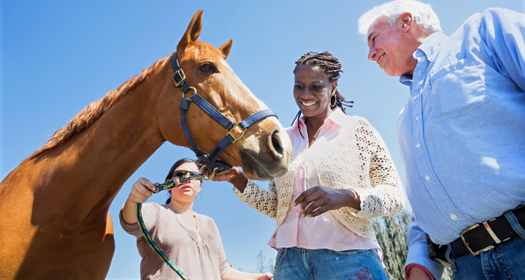
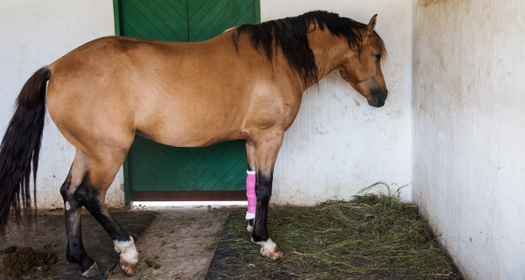
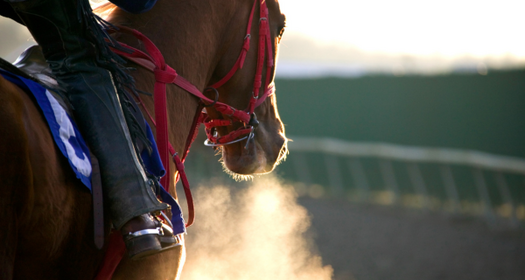
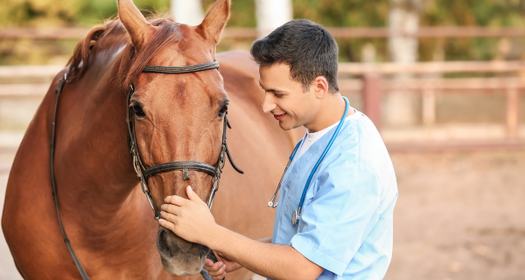
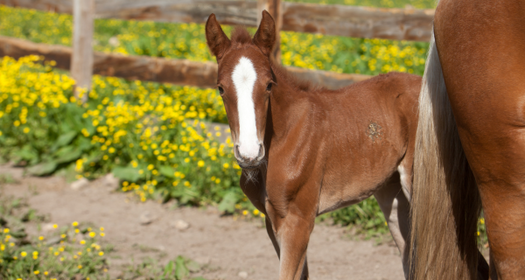




Leave Comment Below